Conversion Rate
What is Conversion Rate?
Conversion rate is the percentage of people who take a desired action after interacting with a piece of content or visiting a website. This action can vary depending on the goals of the content, such as making a purchase, signing up for a newsletter, downloading a resource, or filling out a contact form. Conversion rate is a key metric in measuring the effectiveness of marketing efforts and the performance of a website or content.
Why is Conversion Rate Important?
Conversion rate is important because it directly measures the success of your marketing efforts in achieving specific goals. A high conversion rate indicates that your content or website is effectively persuading visitors to take the desired action, leading to increased sales, leads, or engagement.
Improving conversion rates can have a significant impact on your overall business performance. It helps maximize the return on investment (ROI) from your marketing efforts, reduce customer acquisition costs, and increase revenue. By focusing on optimizing conversion rates, you can enhance the effectiveness of your content and marketing strategies.
Best Practices for Improving Conversion Rates
1. Define Clear Goals
Clearly define the goals of your content or website. Determine the specific actions you want visitors to take, such as making a purchase, signing up, or downloading a resource. Clear goals guide your optimization efforts.
2. Optimize Landing Pages
Design landing pages that are focused, visually appealing, and user-friendly. Ensure that the landing page content aligns with the ad or link that brought visitors there. Use clear headlines, compelling visuals, and concise copy to engage visitors.
3. Use Strong Calls to Action (CTAs)
Include strong and clear calls to action that tell visitors exactly what to do next. Use action-oriented language, such as "Buy Now," "Sign Up," or "Download." Make CTAs prominent and easy to find.
4. Simplify Forms
Keep forms short and simple to reduce friction and encourage submissions. Ask for only the necessary information to minimize barriers to conversion. Use a clear layout and provide instructions if needed.
5. Enhance Mobile Experience
Ensure that your website and content are optimized for mobile devices. A responsive design provides a seamless experience across all devices, which can significantly impact conversion rates. Test your mobile experience to ensure usability and speed.
6. Use Social Proof
Incorporate social proof elements, such as customer testimonials, reviews, case studies, and user-generated content. Social proof builds trust and credibility, encouraging visitors to take the desired action.
7. Conduct A/B Testing
Perform A/B testing to compare different versions of your content, landing pages, or CTAs. Test various elements such as headlines, images, copy, and layout to determine what works best. Use the results to optimize for better performance.
8. Improve Page Load Speed
Optimize your website's performance to ensure fast load times. Slow-loading pages can lead to high bounce rates and lower conversions. Use tools like Google PageSpeed Insights to identify and fix performance issues.
9. Provide Value
Clearly communicate the value and benefits of taking the desired action. Explain how the product, service, or resource will solve a problem or meet a need. Providing value helps persuade visitors to convert.
10. Analyze and Optimize
Regularly analyze conversion data using analytics tools. Monitor key metrics such as conversion rate, bounce rate, and time on page. Use the insights to identify areas for improvement and optimize your content and website accordingly.
By following these best practices, you can effectively improve your conversion rates, enhance the performance of your content and marketing efforts, and achieve your business goals.
For more terms, return to the content marketing glossary and freelance writing glossary.

